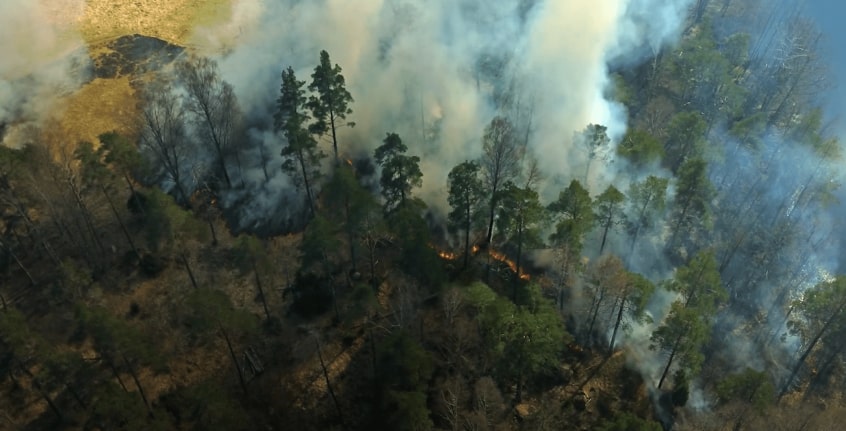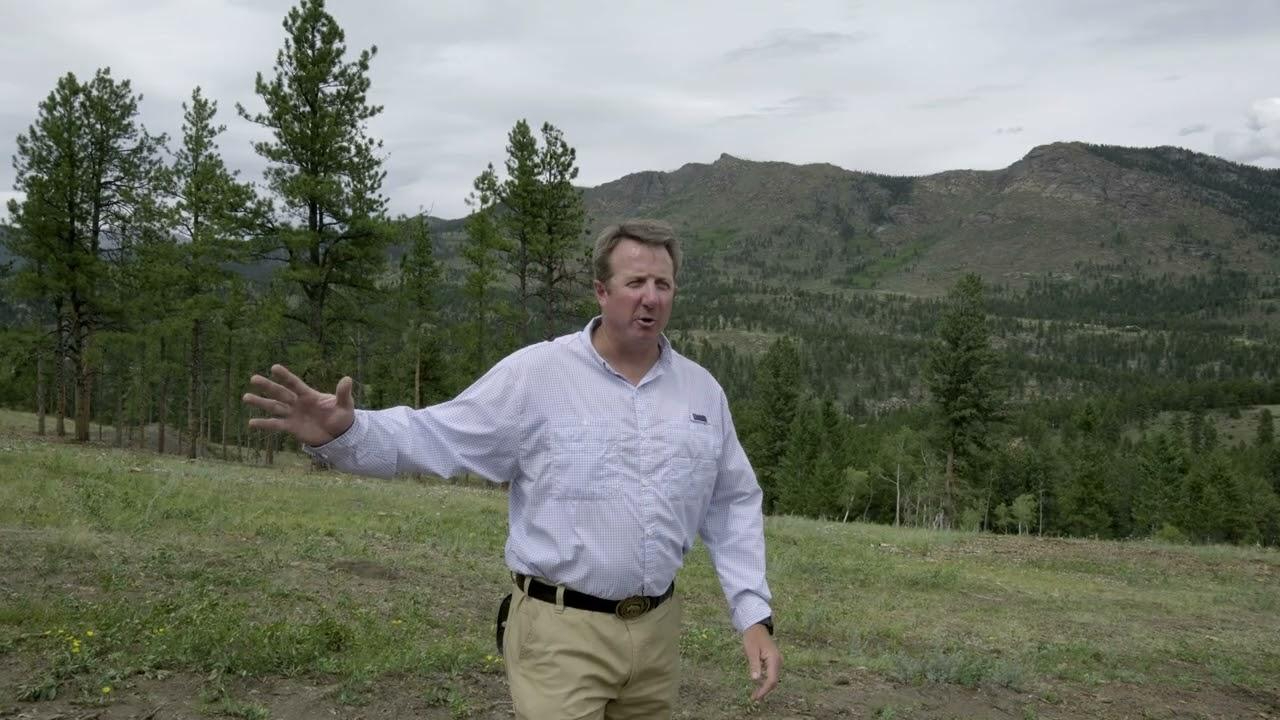Removing Carbon While Helping Communities Reduce Wildfire Risk
)
Wildfire Mitigation in Action

Wildfire Risk Reduction Deployment
Behind the scenes on deployment with a Charm Pyrolysis Operator

Charm x Altitude Forestry
See how Charm is teaming up with Altitude Forestry to protect communities and forests in Colorado
)
The Wildfire Challenge
As wildfires have worsened in recent years, fire-prone communities have seen catastrophic fires wipe out neighborhoods, damage infrastructure, and evacuate thousands of people from their homes.
This is scary, and the risks are increasing as shifts in climate patterns bring hotter, drier weather to the Western United States.
)
Current Approach: Burn Piles
Many wildfire mitigation projects start with targeted removal of biomass. This reduces risk to life and property, and brings forest management in line with how these forests thrived for thousands of years.
When piles are burned, they emit carbon from the wood back into the atmosphere, create air hazards from smoke, and leave burn scars in the forest.
Often these excess fuels are left in the forest, providing fuel for future wildfires. In order to reduce that risk, projects need biomass removal. However, there is way more biomass than places that will use it.
Excess fuels that don't have a market for lumber or firewood get piled, ready to be burned on site when weather conditions carry low wildfire risk.
)
Charm's Innovative Solution
Over 50 million acres of forest need to be treated in the US to mitigate catastrophic impacts from wildfires.
Today, communities, fire management authorities, and forest managers work together to develop a collaborative approach to wildfire risk. Together, they've identified steps that can help reduce risks in communities near wildfire-prone areas.
However, these plans require biomass removal that doesn’t emit carbon into the atmosphere.
That’s where Charm comes in. Charm partners with local communities & forest managers to remove the excess biomass from the forest and permanently sequester the carbon for thousands of years.
Voices from the Field: Our Partners for Progress
)
Katlyn Lonergan
Program Coordinator, National Forest Foundation
)
Tyler Mathews
CEO, Altitude Forestry
Ready to partner to help mitigate wildfires?
Together we can make fire-prone communities more resilient to wildfire, and reduce the risk of catastrophic wildfire
